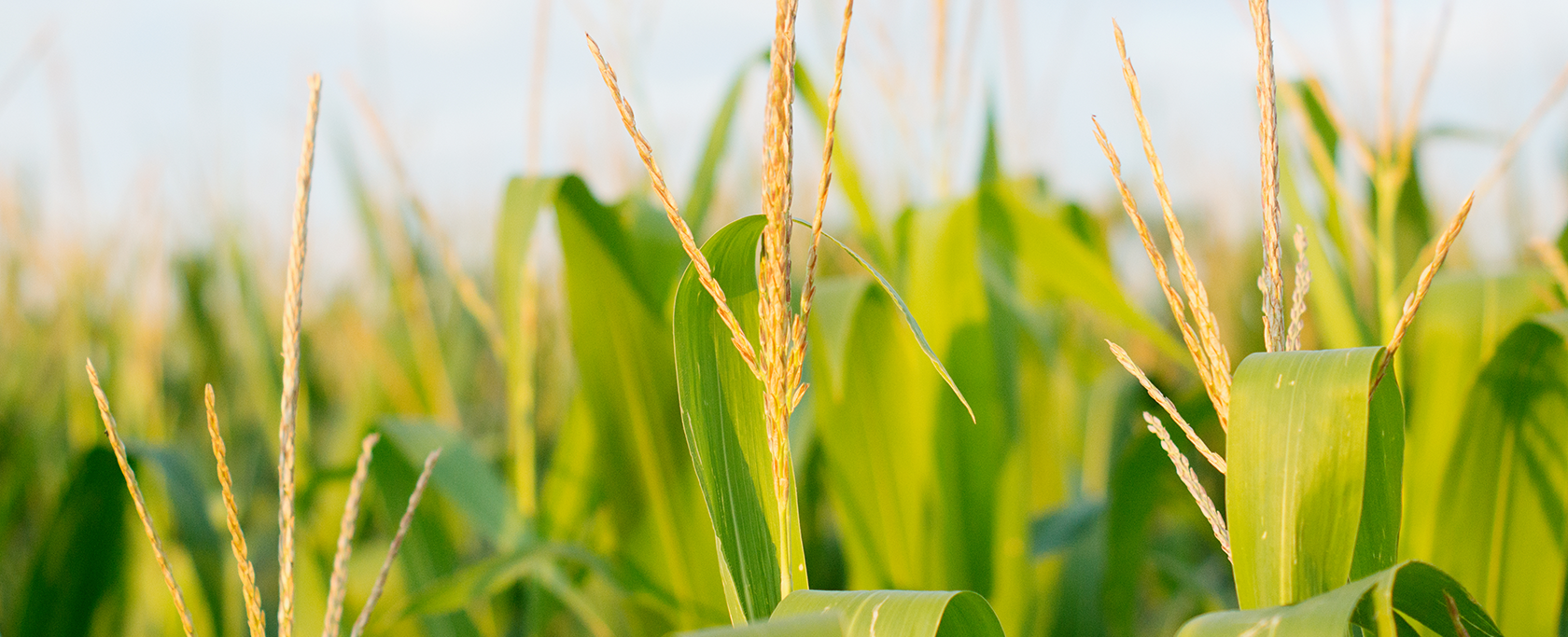Quick Glance
- Crop Progress report disappoints with stagnant corn conditions and lower soybean conditions
- The USDA’s surveyed corn harvest progress is at 4%
- USDA’s September crop report was neutral for corn, slightly bullish for soybeans
- Warmer temperatures and improved soil moisture levels will help late growth of crops in the Midwest
- U.S. delays tariffs while China exempts some agricultural products from additional tariffs
- Trump tout’s biofuel deal progress
Crop Progress
- Corn conditions stayed the same at 55% good to excellent (GTE) vs. 68% GTE last year
- We got a first look at corn harvest progress from the USDAs perspective with 4% completed versus the 7% five-year average.
- Corn denting is up to 68%, yet still behind the five-year average of 87%
- Only 18% of corn is mature compared the 39% average.
- Soybean conditions dropped 1% to 54% GTE after staying stagnant at 55% for the past four weeks. Compare this to last year’s 67% GTE condition rating.
- Soybean setting pods averaged at 95% vs. the 100% five-year average. 15% of surveyed soybeans are dropping leaves versus the 38% average.
USDA September crop report
- The September WASDE report published by the USDA was relatively tame compared to the much more volatile reports we’ve had this year. The report was neutral for corn fundamentals – while the USDA did lower yields by 1.3 bushels per acre (bpa), a cut of that size was not enough to significantly rally prices and the resulting decline in production was offset by downward revisions in 2018-19 exports and ethanol-related corn demand. Soybeans, however, saw a slightly bullish revision with U.S. supply cuts and a boost in demand driving down heavy stocks. The WASDE report lowered soybean yields by 0.6 bushels to 47.9 bpa. The cut in production along with higher estimates for 2018/19 crush and exports lowered projected carryout by 115 million bushels to 640 million bushels. Looking ahead, the USDA is likely to deliver further marginal U.S. production cuts in subsequent WASDE reports, aided by objective surveys and maturing crops, and especially if conditions remain at multi-year lows.
Weather
- Rains are expected to be limited across the corn belt this week, allowing fieldwork and soybean dry down to progress well. However, the northern Plains and northwestern Midwest are expecting some showers. This will slow spring wheat harvesting but will favor late growth of corn and soybeans. Above average seasonal temperatures for the rest of September will also accelerate crop development, stabilizing conditions and conserving yield loss. Beyond September, the forecast turns a bit cooler, but frost threats remain limited in major corn and soybean areas.
U.S.-China trade updates
- The U.S. and China have both made conciliatory gestures ahead of October’s planned trade talks. President Trump delayed a 5% tariff increase on $250 billion worth of Chinese goods originally scheduled for October 1st to take effect October 15th, saying that while he would prefer a comprehensive trade deal with China, he would not rule out the possibility of an interim deal. Meanwhile, China announced it would exempt U.S. pork and soybeans – among other products such as shrimp, fish meal, and cancer treatment drugs – from additional tariffs and has purchased at least 600,000 metric tons of U.S. soybeans. The USDA also announced last week that China bought 10,878 metric tons of U.S. pork in the week ended September 5th, the most in a single week since May. The October soybean contract, after being met with positive news from China and the USDA’s bullish September balance sheet, rose $0.23 on Thursday to $8.94/bushel, its steepest rally since May.
Biofuel package
- President Trump said the administration has made progress on a biofuel reform package after he met with U.S. Senators from key farm states on Thursday as part of an ongoing effort to boost ethanol demand and help hard-hit corn farmers. The president is expected to meet with senators representing oil-producing states to continue discussions on the issue. The White House since last week has been trying to win support from both sides for a 5% increase to ethanol blending mandates in 2020 above the currently proposed 20 billion gallons under the U.S. Renewable Fuel Standard. So far, biofuel producers have not been pleased by the administration’s offer of a one-time increase in mandates, instead pushing for a structural change to biofuel policies that would compensate them for future exemptions to refiners as well. One proposed method by biofuel producers has been to force large oil refineries to make up for any exempted gallons originally intended for small refineries through a process called “reallocation,” which would ensure the increases to biofuel blending mandates recur annually in proportion to the number of waivers granted. The oil industry, however, opposes increased biofuel mandates because the fuels compete with their refined products.
DISCLAIMER: Commodity markets have inherent risk and Tyson Foods, Inc. assumes no liability for the use of any information contained herein. Information contained herein was obtained from sources believed to be reliable but is not guaranteed as to its accuracy. Any examples given are strictly hypothetical and no representation is being made that any person or entity will or is likely to achieve profits or losses similar to those examples. Neither the information, nor any opinion expressed, constitutes a solicitation to buy or sell futures or options on futures contracts. Every effort has been made to ensure the accuracy of the information and market data which is provided herein. Information has been obtained by Tyson Foods, Inc. from sources believed to be reliable. However, because of the possibility of human or mechanical error, Tyson does not guarantee the accuracy, adequacy of content or any information and is not responsible.

